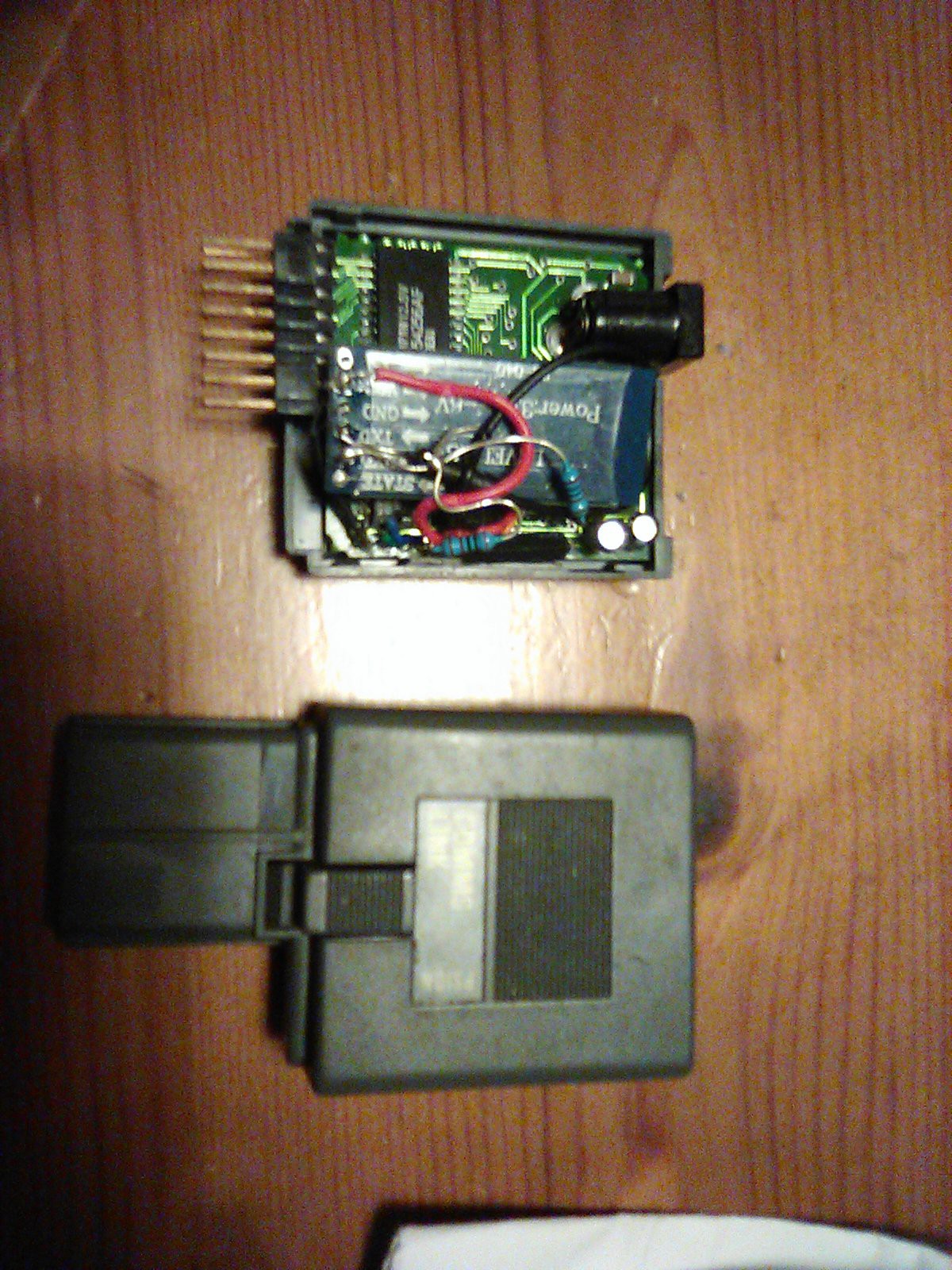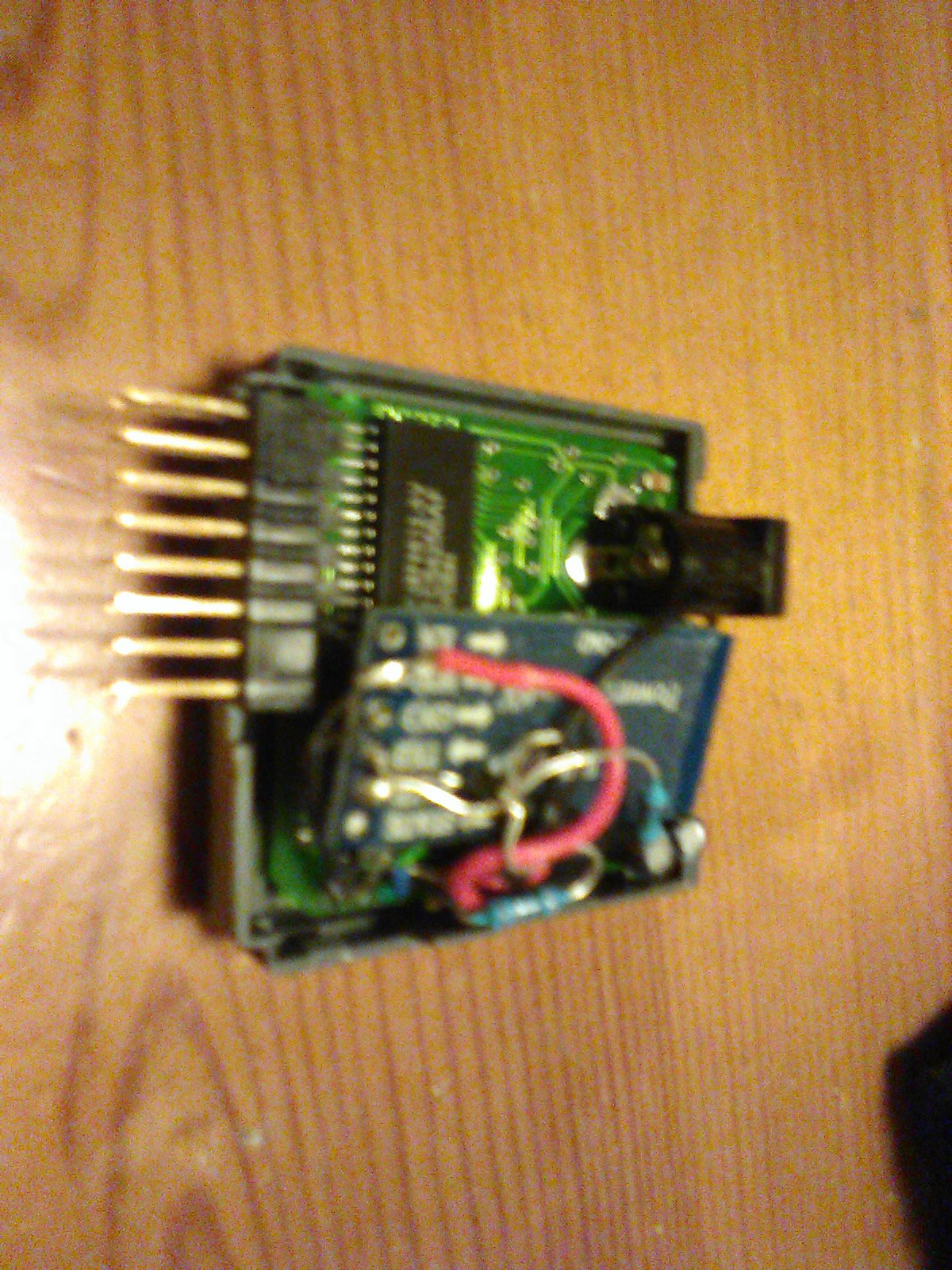Finally the Psion Organiser II has joined the wireless revolution!
I purchased an HC06 chip for the princely sum of £3.85 off eBay. This chip converts the TTL signals produced by the Psion Comms Link to Bluetooth radio signals and vice versa. With a bit of crafty soldering, I wired up this HC06 chip to the Comms Link - this was actually quite easy, because I had already soldered the necessary wires to the Comms Link in an earlier part of the project - see log entry 'Back in action' from 2 Sep 2019 and the pictures in my last log.
It works better than I expected (i.e. it actually works!) Using a Linux program called 'rfcomm' (I'm guessing this means radio frequency communication) I can control a terminal session on the Pi from the Organiser wirelessly at a distance of a few metres, at the lightning-fast speed of 9600 baud. All I needed to do was 'pair' the HC06 Bluetooth chip with the Pi (this is fairly straightforward so I won't go into the details here) and then use a little 2-line script to generate a terminal session over Bluetooth, which I'll attach to the project page when I get a mo. I can even transmit/receive files to/from the Pi from/to the Psion (delete as applicable!) via the XMODEM protocol, using the 80s software built into the Comms Link chip. I find this very exciting, which says a lot about me ;)
Most pleasing of all though - my modified Comms Link with its added circuitry still just about fits inside the original Comms Link case* so that's a bonus if I ever venture out in public with the Organiser II again. Which I probably will :)
I don't plan to enhance the design any more; I'm pretty satisfied with it, given that I'm not an engineer or anything, just someone interested in old technology with a bit of Linux knowledge and an old soldering iron. I'll hopefully put together some photos and maybe a bit of a summary when I get the time. Until then, enjoy some pictures of 1987 crashing awkwardly into 2020 in the form of my Bluetoothed Comms Link.


*though unfortunately it doesn't screw back together properly any more as I had to savagely snap off the 'tunnel' for the screw (engineers probably have a technical term) with a flathead screwdriver in order for the chip to fit. Elastic bands may be a solution.
 James Fossey
James Fossey
Discussions
Become a Hackaday.io Member
Create an account to leave a comment. Already have an account? Log In.